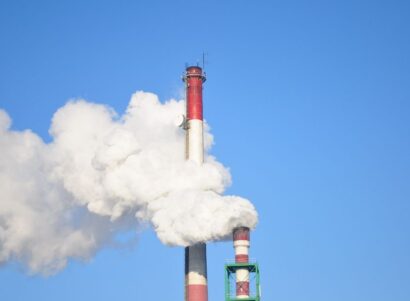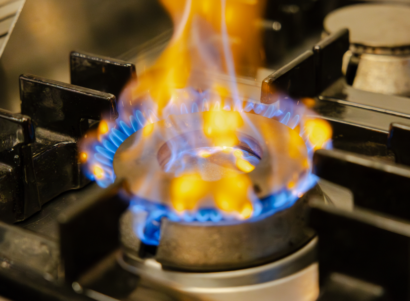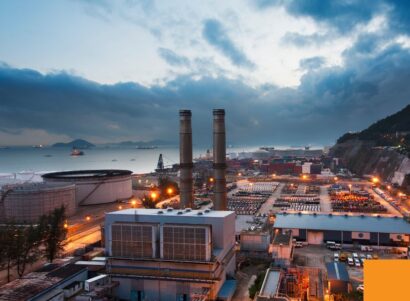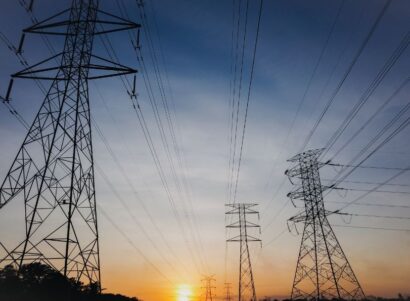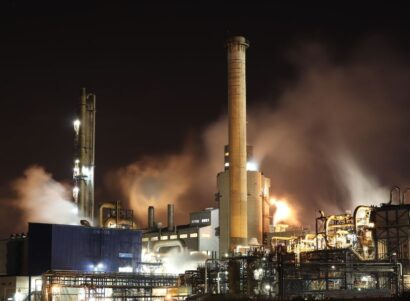Brief Study Overview
PSE Healthy Energy and Stanford University are collaborating to study hydrogen-blended synthetic natural gas on Oʻahu, Hawai’i, to better understand its potential impacts on indoor air quality, human health, and climate. To achieve this, researchers will be measuring air quality in participating O‘ahu homes with gas appliances using various scientific-grade air analyzers.
If selected, you can receive up to $500!
How To Participate
If you are eligible and would like to participate in our study and earn up to $500, please click the sign-up link above or go to bit.ly/oahu-signup and answer the short questionnaire. Once we receive your submission, we will assess your participation compatibility based on appliance type, housing type, and sampling accessibility. If we determine that your residence is compatible with our sampling, we will contact you via email or preferred contact method.
Who Can Participate
O’ahu residents with either a natural gas stove or water heater are eligible to participate. We encourage interested individuals to ensure that appliances are natural gas and not propane. If you are uncertain about your appliance’s fuel type, please indicate this in the sign-up form, and we will follow up with you.
What Does Participation Entail
If you are eligible to participate and we determine that your home is compatible with our sampling, a member of our team will contact you to schedule a home visit. There are three options for participating in our study:
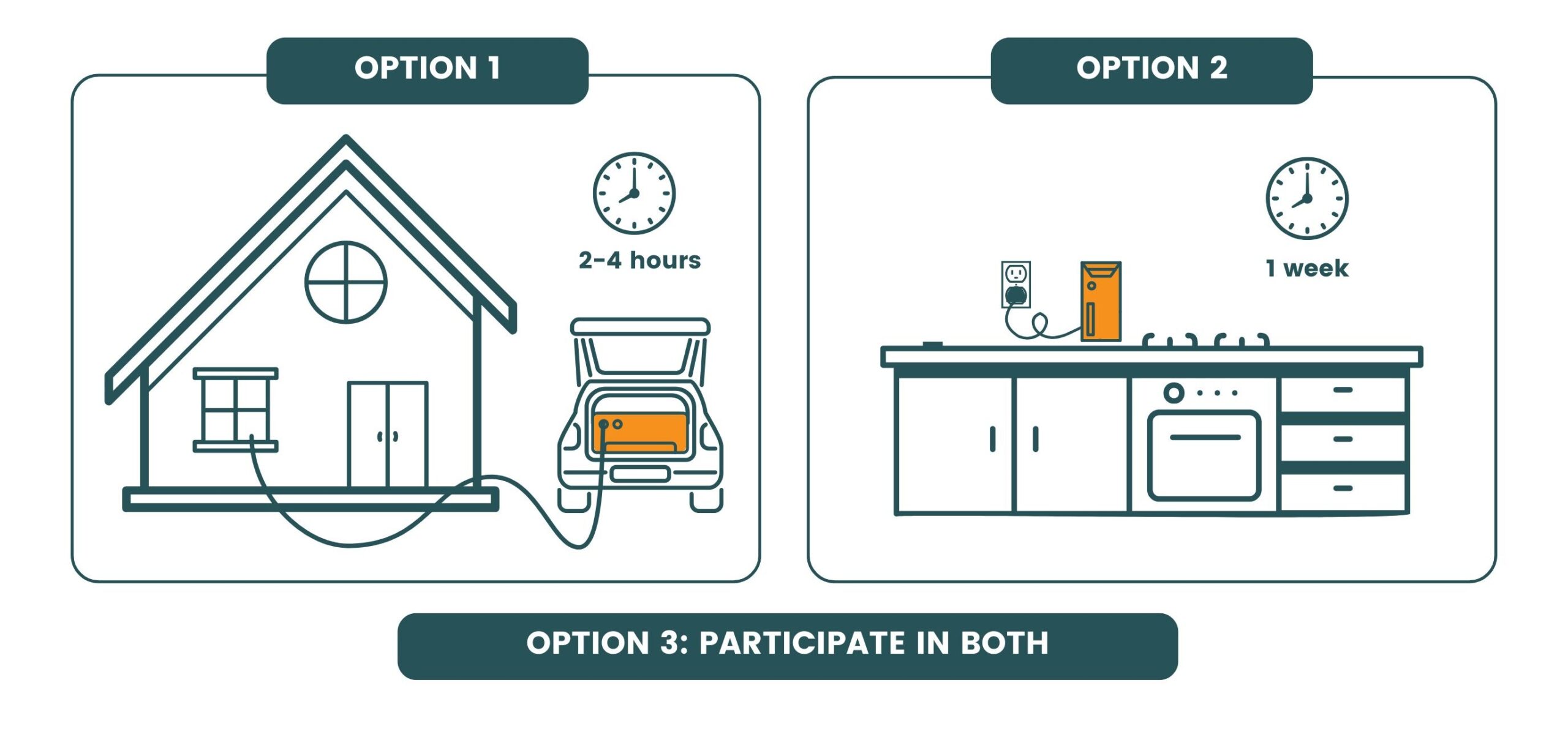
Option 1: Active Air Quality Monitoring | One 2-4 Hour Home Visit | $200 Compensation
During a 2-4 hour home visit, researchers will monitor the air quality in your home. Depending on which appliance(s) are selected for sampling, we will monitor the air quality either in your kitchen near the stove and/or near your water heater. To do so, we will bring in a sampling hose that will draw air from your home to our air quality analyzers stationed in a nearby vehicle. We may need to temporarily cover any openings with a plastic tarp to seal the room in which the appliance is located. Please note that this option will be disruptive to regular home activities for the 2-4 hour block.
Option 2: Passive Air Quality Monitoring | Two 30-Minute Home Visits | $200 Compensation
Researchers will set up three small monitors to measure the air quality in your home over the course of 1 week. Setting up the equipment is minimally invasive and takes about 30 minutes. The monitors are about the size of a wifi modem and will be placed next to your stove, in the living room, and in the bedroom. Additionally, a set of small data loggers will be placed next to each stove burner and the vent hood to log appliance use. After 1 week, a member of our research team will return to pick up the monitors. Please note that this option is only available to homes with gas stoves.
Option 3: Active & Passive Air Quality Monitoring | $500 Compensation
This option combines the first two options above. After the active monitoring (2-4 hours) is completed, a set of small monitors will be left in place for passive air quality monitoring (1 week). After 1 week, a member of our research team will return to pick up the monitors. Please note that this option is only available to homes with gas stoves.
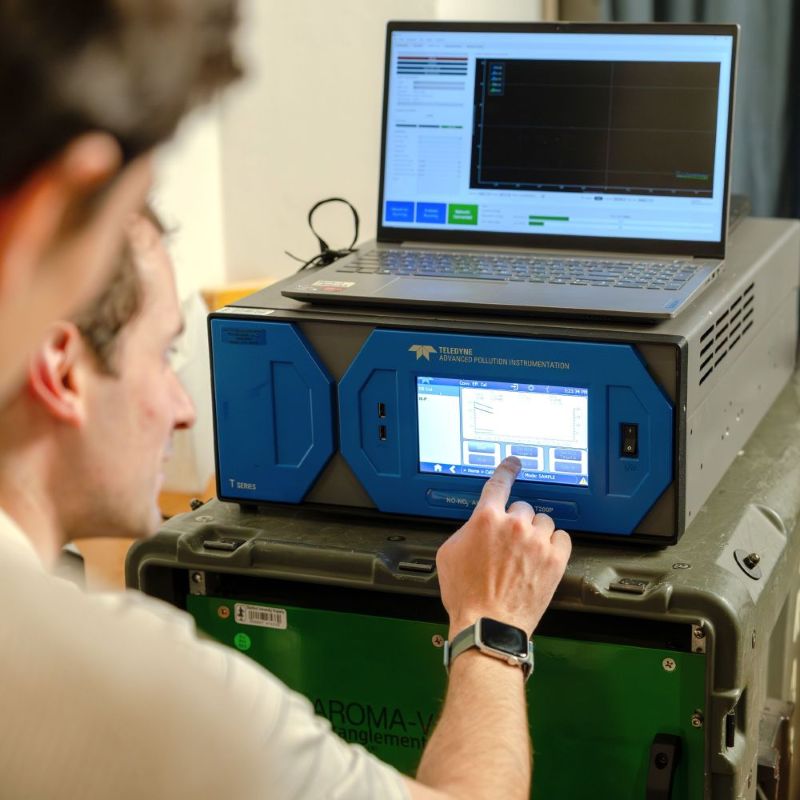
Scientific-grade air quality analyzers used for active air quality monitoring (2-4 hours). These will be stationed in a nearby vehicle.
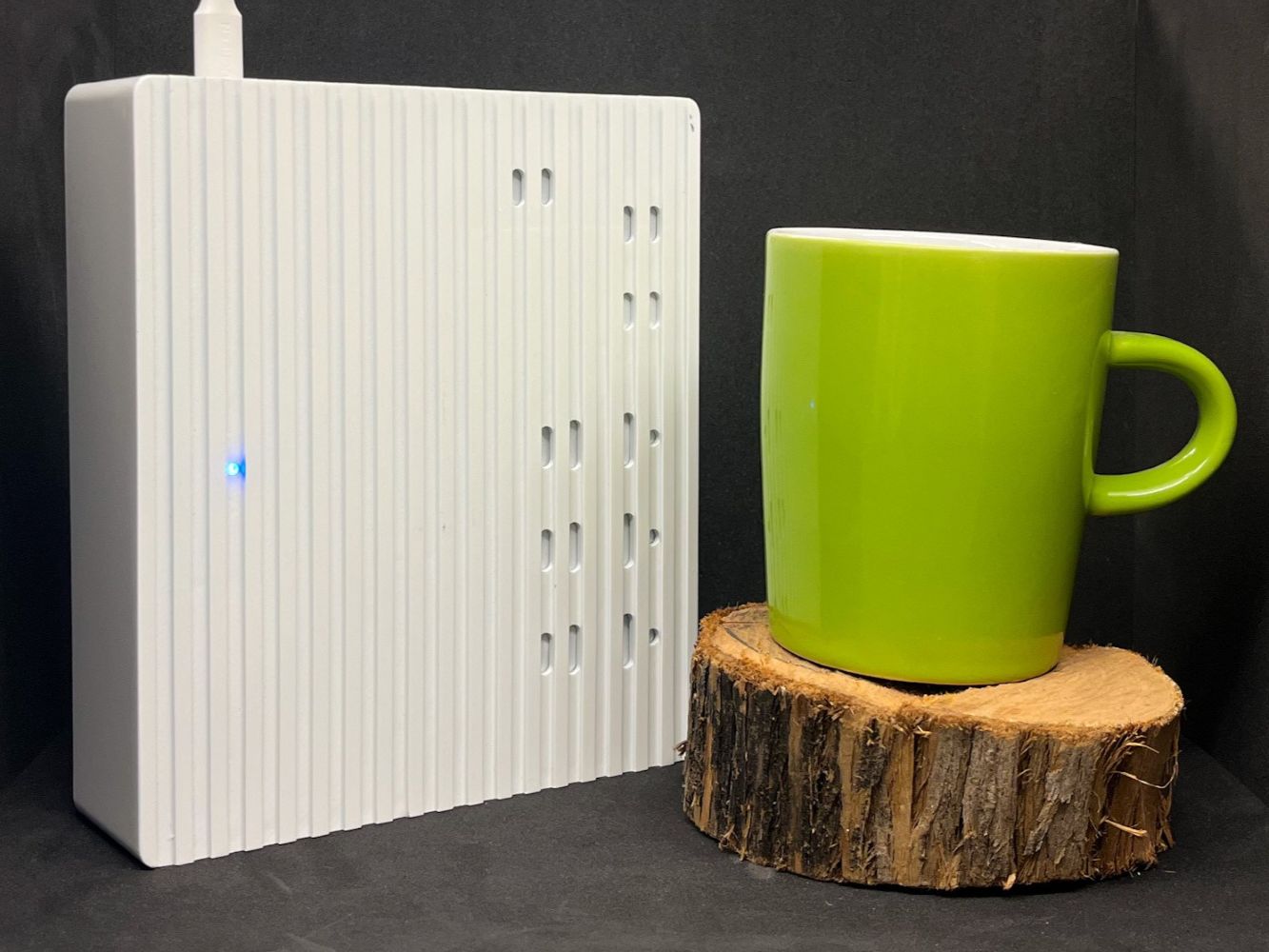
Discreet air pollution monitor used for passive air quality monitoring (1 week). The unit is about 7 x 6 x 2 inches.
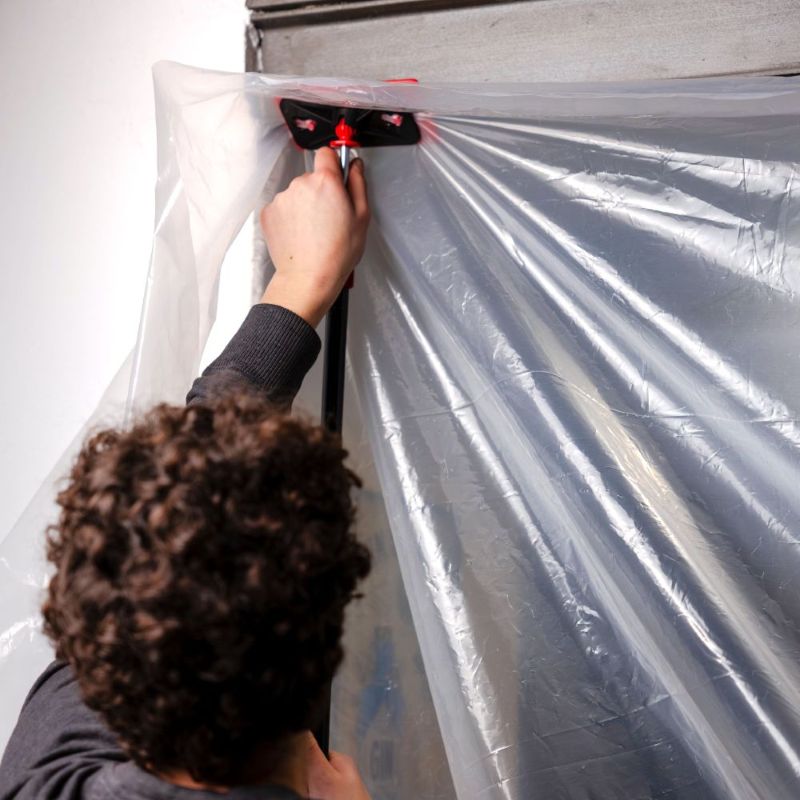
Scientists sealing an opening with a plastic tarp to prepare the room for active air quality monitoring.
Benefits of Participating
As a thank you for your interest and time, you can receive a gift card up to $500 upon completion, based on your level of participation. By participating, you will also contribute to important scientific research that will be published in a peer-reviewed scientific journal.
Please be assured that all participation is confidential, and we will never disclose any identifiable or sensitive data, such as names or addresses, in our publications.
Detailed Study Overview
Natural gas is used in millions of homes worldwide in appliances such as kitchen stoves, water heaters, and furnaces. Natural gas primarily contains methane, a powerful greenhouse gas, but it may also contain several other constituents, depending on its source and processing.
Oʻahu is one of the few locations in the world where hydrogen is mixed into natural gas as a byproduct of its processing and is delivered to consumers. In fact, hydrogen has been blended into natural gas for several decades in this region. With a push for more sustainable energy, some are considering hydrogen-blended natural gas as a potential solution. However, much remains unknown about the health and climate impacts of blending hydrogen into natural gas, especially in real-world settings.
PSE Healthy Energy and Stanford University are collaborating to study hydrogen-blended natural gas in real-world systems. This study aims to improve our understanding of the relationship between indoor air quality, health risks, and the climate impacts of using hydrogen-blended natural gas. To achieve this, we will sample the indoor air quality in homes on O’ahu that use gas appliances. With our suite of scientific-grade analyzers, including a one-of-a-kind hydrogen analyzer, we will be able to assess the potential impacts of using hydrogen-blended natural gas, helping to better inform the energy landscape.
Meet the Team
Meet the PSE and Stanford team that are conducting this study. Click on their profiles to learn more about the team.
Contact Us
If you have any further questions, please feel free to email us at naturalgasstudy@psehealthyenergy.org or call us at (510) 263-6189.






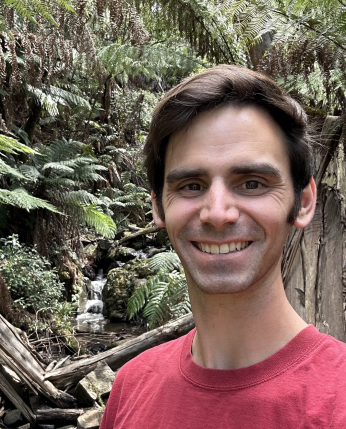


 Study Flyer
Study Flyer
